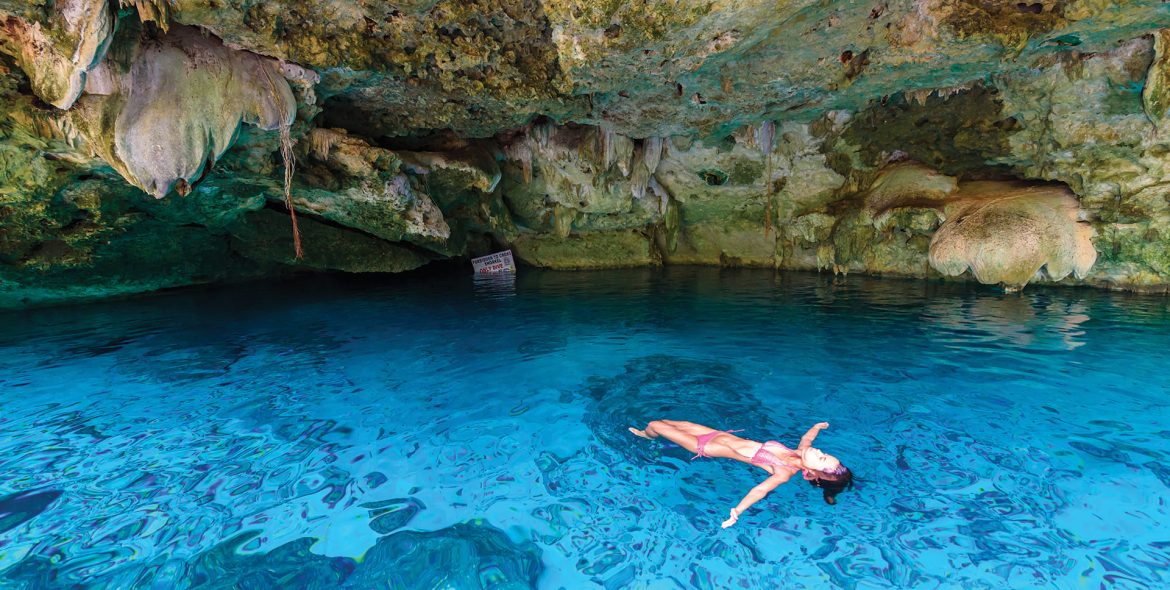The diversity that inhabits the beautiful coasts of the Mexican Caribbean offers some of the most impressive scenery that can be found in the country, an example of which are the cenotes. These magical geological formations spread throughout the territory known as the Riviera Maya. They have been a place of ceremonial encounters and fascination for tourists. In this article we tell you about the formation of these waterholes, which are home to thousands of species, and we explore the question of why there are so many cenotes in the Yucatan Peninsula.
CENOTES: WHAT ARE THEY AND HOW ARE THEY FORMED?
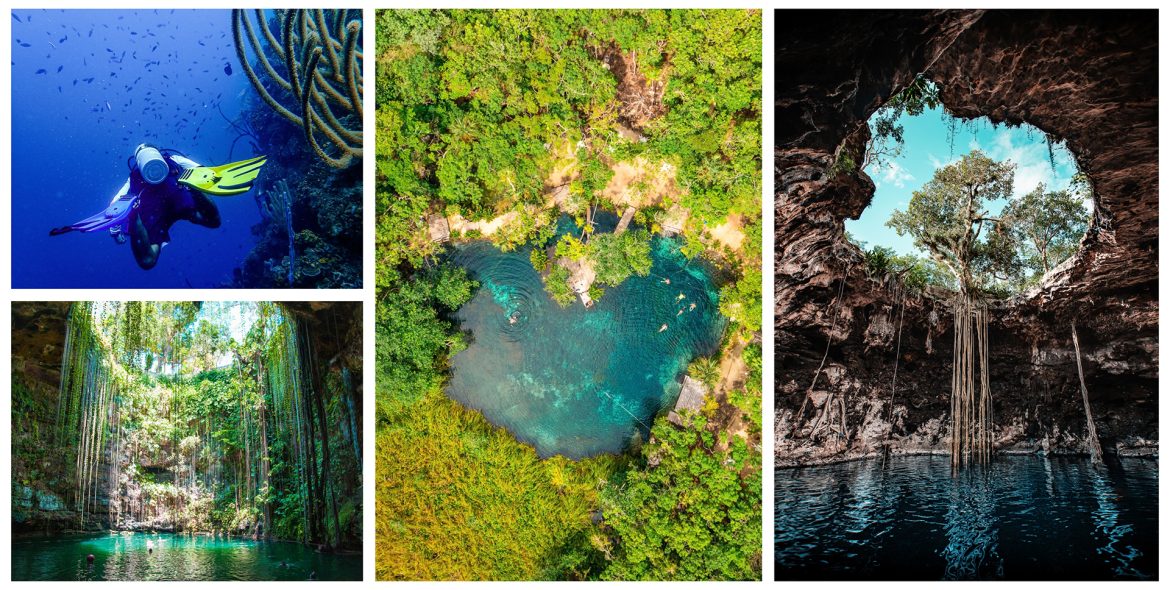
The word cenote comes from the Mayan word ts’ono’ot, which means “cavern with a water deposit.” Scientists classify them as lakes of dissolution or generated by the activity of water on soluble rock.
They are the product of slow processes of water filtration and erosion of the subsoil. They are very deep water wells that are fed by the filtration of rain and the currents of underground rivers.
Cenotes are classified into four types: cavern, which are the most recently formed;
Semi-open, which can be connected to others. Open, those that have existed the longest and are home to diverse flora and fauna; ancient, similar to one in the middle of the jungle.
So far, scientists say there are around 8,000 cenotes in the Yucatan Peninsula, and there could be many more. However, the extent of the forests in the area makes it more difficult to locate some others. Especially in the states of Campeche and Quintana Roo.
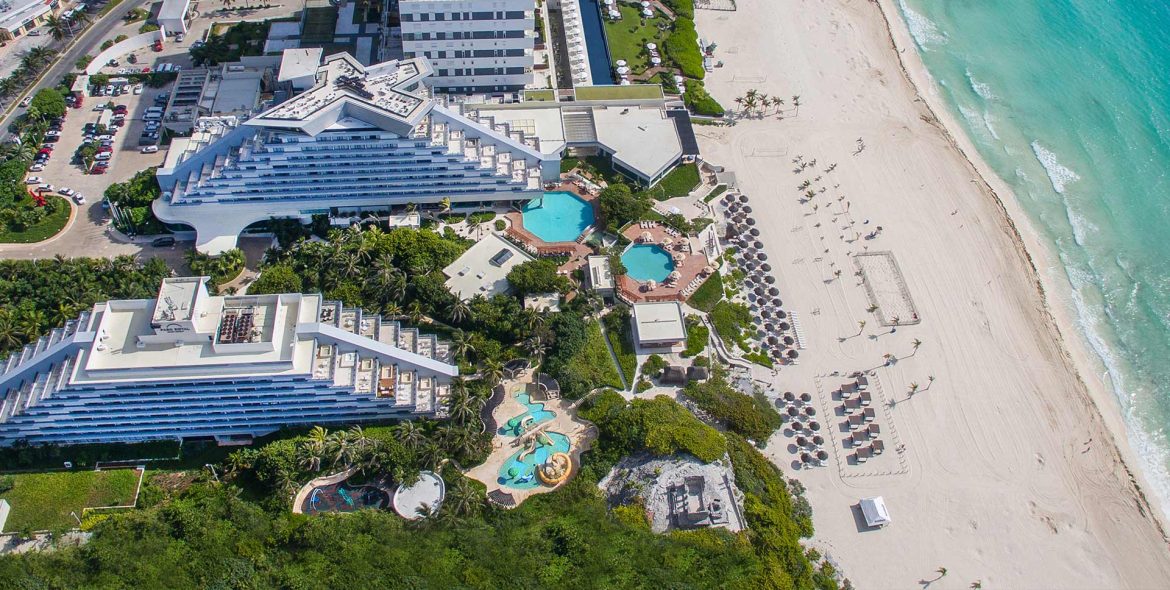
Most of these formations are located in Cancun, Tulum, Playa del Carmen or Yucatan. To visit them, there are different travel options and tours that you can organize from our resorts: Grand Park Royal Cancun, Grand Park Royal Cozumel and Park Royal Beach Cancun. Let us take you to this great experience!
THE RING OF CENOTES
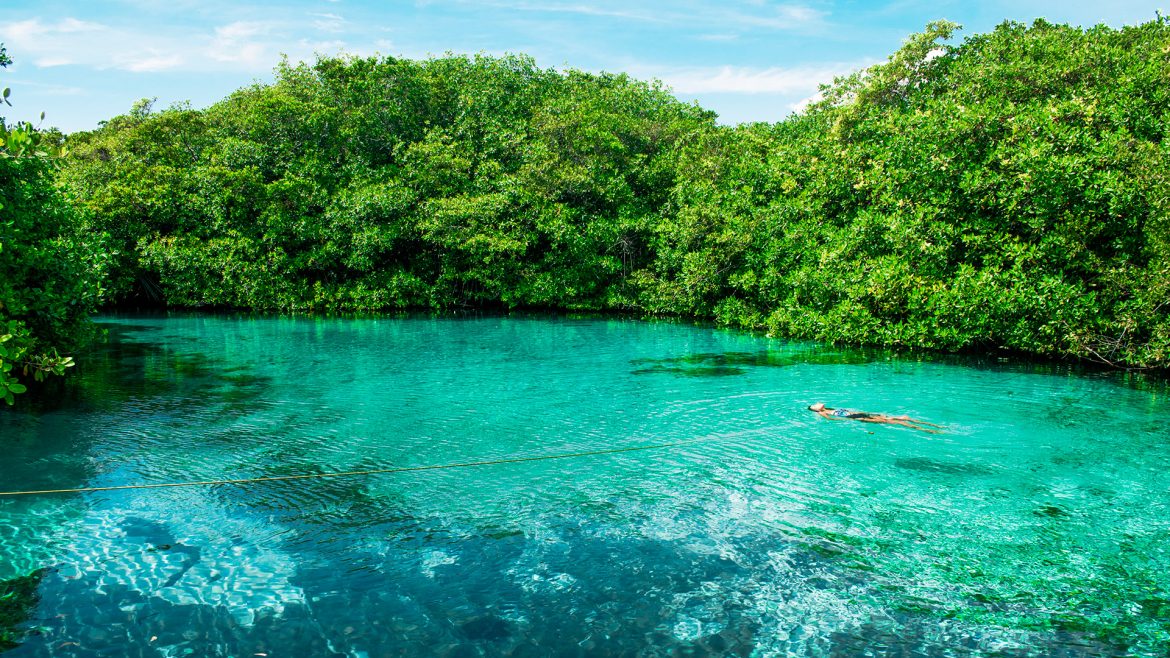
Make the most of your trip! Don’t miss these 9 spots in the Riviera Maya.
One of the most enigmatic formations of the Riviera Maya is the Ring of Cenotes “Anillo de Cenotes”. Is a five-kilometer-wide extended inland of caverns located on the northern coast of the state of Yucatan.
According to various scientific studies, the origin of the cenotes of the Yucatan Peninsula was the impact of a 10-kilometer-diameter meteorite that fell to Earth 65 million years ago. At the end of the Cretaceous, triggered a mass extinction that wiped out 75% of life on Earth.
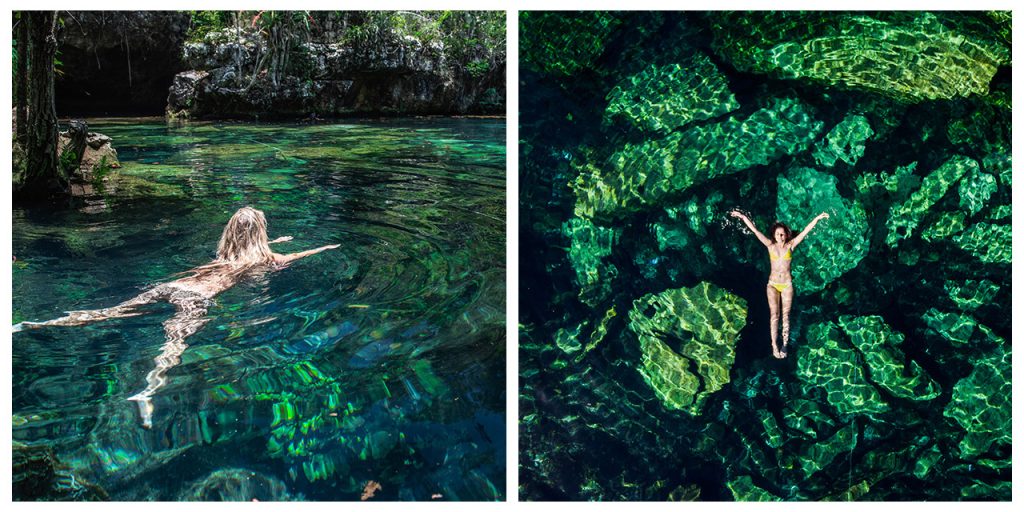
The ring of cenotes is aligned with the circumference of the crater left by the impact of the meteorite, which can be described as an orographic scar 180 kilometers in diameter.
The force of the meteorite generated so much pressure that the center of the crater became impermeable crystalline rock that prevented the flow of water. Over time, water began to make its way through the limestone rock on the edges of the crater and eroded the material. This is how this area of more than 900 cenotes aligned and a visible semicircle was formed, with the other half remaining under the Caribbean Sea.
The impact of this event left a crater surrounded by hundreds of natural pools of crystal-clear water. These cavities are considered to be the precursors of today’s cenotes. In 2006, the Cenote Ring was added to the list of Wetlands of International Importance of the Ramsar Convention and in 2012 it was considered a World Natural Heritage Site.

